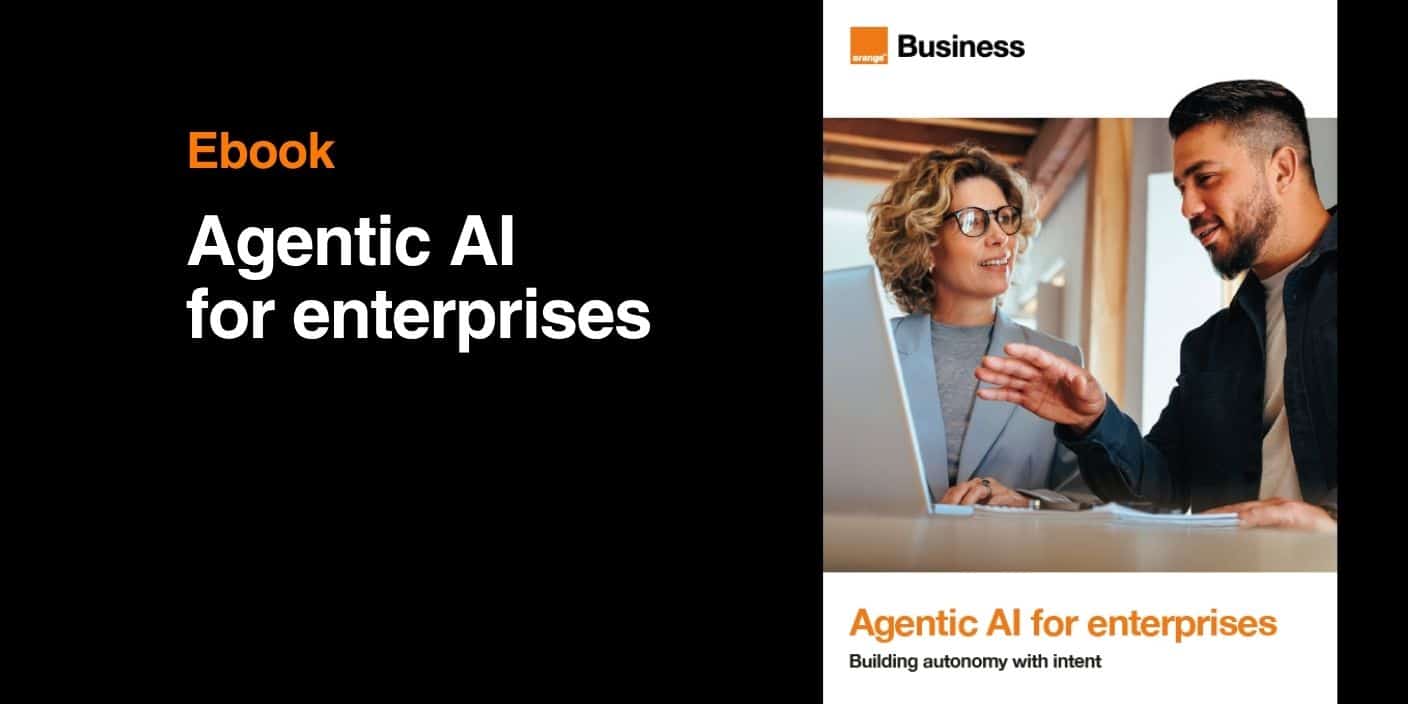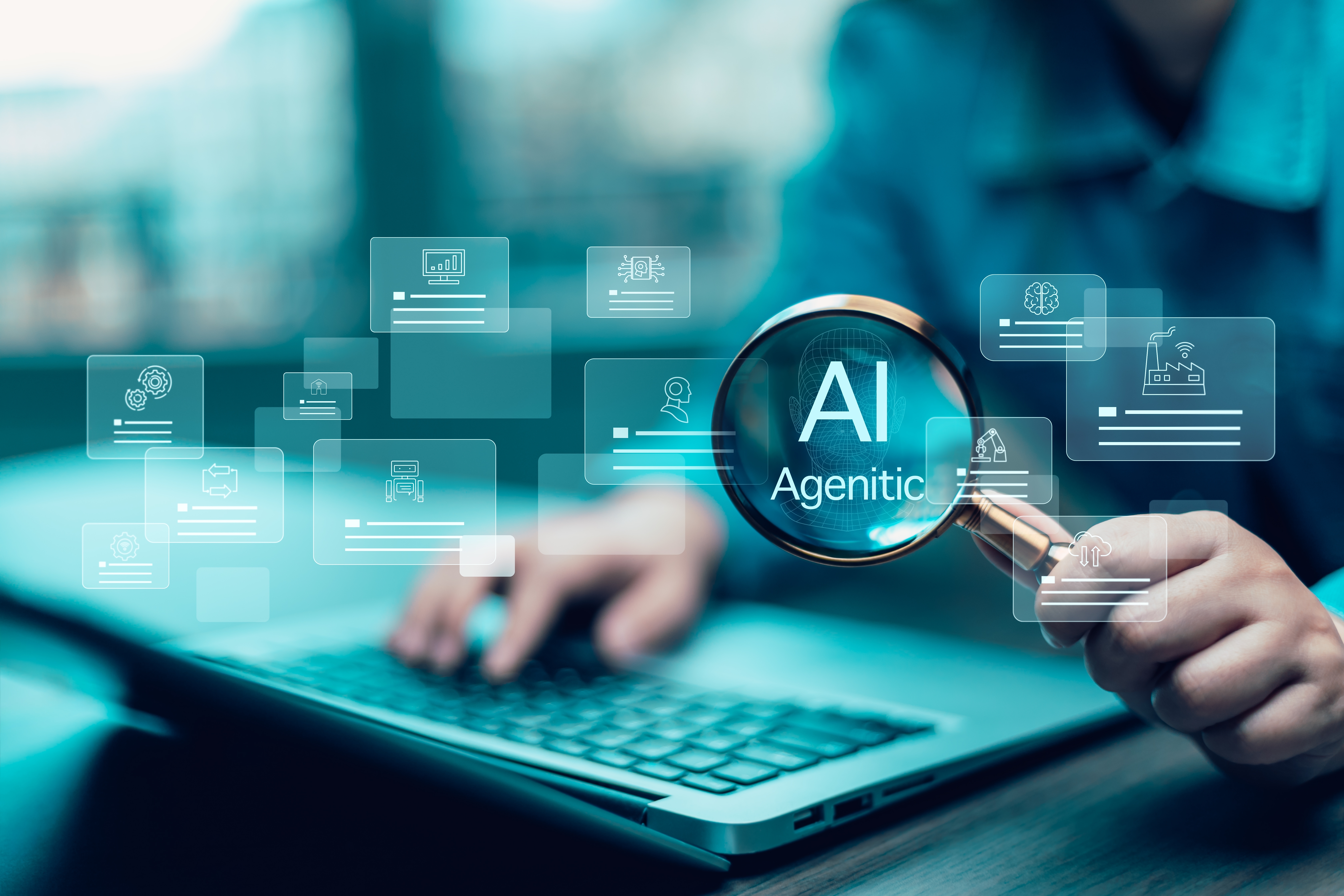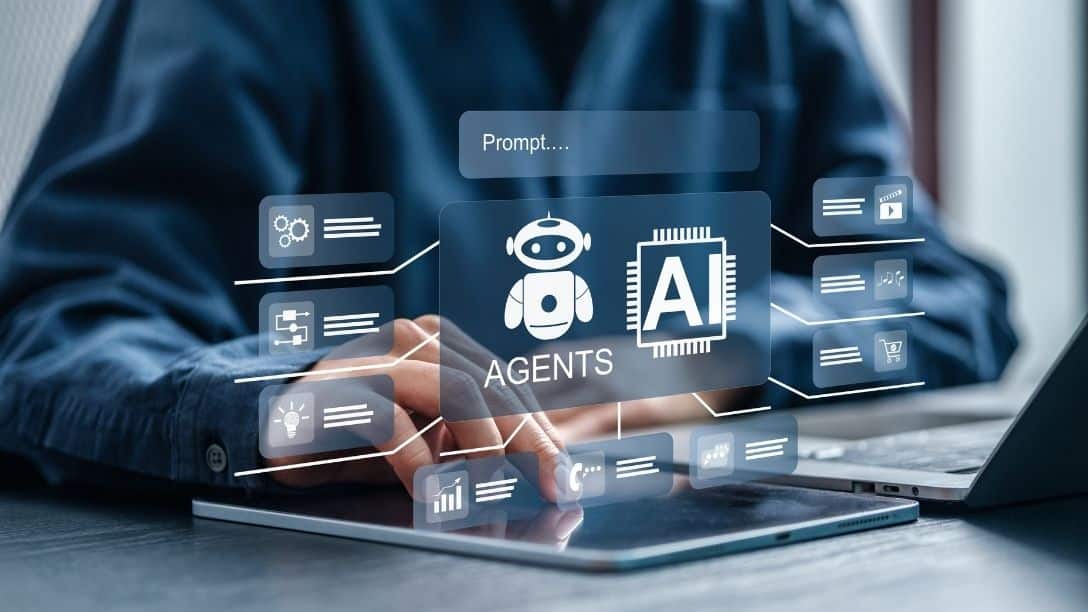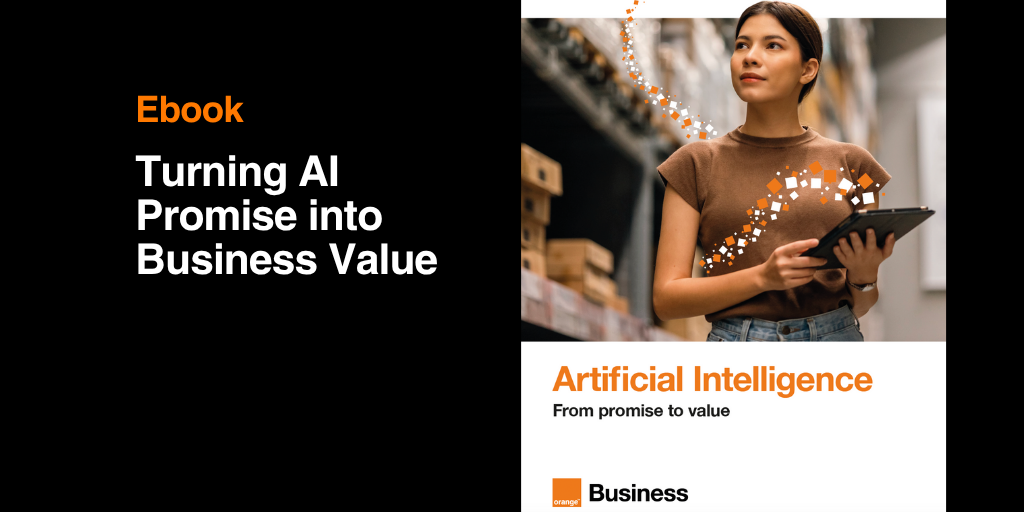ChatGPT, DALL·E, Midjourney… According to recent global surveys, over half of business leaders see generative AI as a new industrial revolution. Nearly half believe it will profoundly transform the way we work. But what exactly are the challenges and impacts of this technology on business? This article takes a closer look.

The different types of generative AI use cases in business
See moreTime and productivity gains through automation, decision support, assistance… While the use cases are numerous, generative AI is primarily used to automate recurring tasks or to support employees by handling complex or time-consuming activities. To illustrate this point, this article will focus on a specific use case in the field of human resources.
What are the main challenges of generative AI in business?
One of the first challenges of generative AI in business is to save time on low value-added tasks. The goal is to enable teams to focus on their expertise and core activities.
Reducing repetitive, mechanical and administrative tasks
This is the case, for example, for software development teams, who can rely on generative AI tools to generate simple code, compile code automatically, or prefill certain types of information.
The same benefit applies to legal teams: generative AI can, based on a set of standard legal clauses, power an HR chatbot able to answer administrative questions about collective agreements, leave policies, or employment contracts. As a result, HR professionals can focus on the human side of the business (company culture, transformation, etc.), while developers can dedicate their time to algorithms and complex programming.
Generative AI is therefore mainly used to automate a range of recurring tasks or to support employees in their roles by handling complex or time-consuming activities.
Easily generating content
Content creation is a major challenge for Marketing, Communication, and Sales departments. Concrete applications are numerous: social media posts, support in drafting product descriptions, creating a PowerPoint presentation from a Word document or white paper, summarizing documents, extracting key information, generating standard contract clauses, or producing technical code documentation.
Generative AI can also address branding needs, such as creating slogans, logos, visuals, or illustration videos, and even adapting the same presentation into different formats to stand out from the competition. The result is productivity gains for teams and greater competitiveness for the business as a whole.
Improving customer relations
Another major challenge for AI in business is enhancing customer interactions within an omnichannel strategy (phone, social media, web, paper, in-branch). Thanks to the human-like conversational abilities of LLMs, generative AI can create smoother and more effective exchanges than standard chatbots, especially for well-defined journeys. The bot can assist sales teams in managing customer relationships, leading to higher customer satisfaction. For example, it can trigger follow-up actions, summarize key points from previous interactions, or provide tailored advice and recommendations.
Enhancing decision-making
Data analysis tools are designed to support decision-making. In HR, for instance, it is possible to analyze workforce data, payroll, labor market trends, and skills needs to inform recruitment, training, or geographic mobility policies that align with local requirements. Generative AI can take this a step further by enriching decisions with external insights from the web. This added diversity of information helps place decisions within a broader global context.
A new source of innovation
New business models, fresh ideas, new products and services, even new molecules in pharmacology, generative AI can leverage market trends, competitor data, and the economic context to help companies diversify and stand out. In this way, it provides an external perspective and a broader vision than the company’s internal scope alone, becoming a genuine source of competitiveness that enables organizations to produce more and better while consuming fewer resources.
The benefits of generative AI
While the direct impact of innovation is harder to quantify, the benefits of automation are easier to measure. The productivity gains enabled by generative AI allow companies to optimize costs and strengthen their online presence with customers.
In practice, productivity gains and financial gains go hand in hand: the time saved through automation translates into clear financial benefits, by replacing manual tasks and making possible new activities that were previously out of reach. This, in turn, accelerates and amplifies innovation.
Another advantage is talent retention. By allowing teams to focus on higher value-added and more rewarding tasks, generative AI contributes to workplace well-being and strengthens employee engagement. This recognition gives greater meaning to their work and enables everyone to achieve more fulfillment in their daily activities.
Current barriers to the development of generative AI
Like any new technology, generative AI is still difficult to master, which limits both its use and its benefits.
1st barrier: AI hallucinations
Generative AI works by predicting the next word based on context and its training history. As a result, it is subject to biases and incorrect data, meaning it is not 100% reliable and can produce false answers. This is why efficiency gains cannot be guaranteed without human review of generated content. In our HR example, for instance, it is essential to check that the AI has not added an unnecessary, unjustified, or even risky clause to a contract.
2nd barrier: the risk of leaking confidential data
Some companies, like Samsung, have banned employees from using public generative AI tools such as ChatGPT or Google Bard. The reason is that three employees from its semiconductor division entered sensitive company information into ChatGPT while seeking assistance for tasks such as database vulnerability detection, code optimization, and meeting summaries. This information ultimately became part of the dataset used to train the AI.
This example highlights a major weakness of generative AI: not only data security but also data ownership. For more on intellectual property issues related to generative AI, see our article “The development of generative AI: what impact on business?”
3rd barrier: loss of knowledge
Another indirect consequence is over-dependence on generative AI. Some teachers already worry about students relying too heavily on ChatGPT and the risk of losing essential knowledge. Why learn when you have a tool that can answer almost everything? The ease of generative AI can be misleading. Just as artificial intelligence is not meant to replace humans, it is important to step back and challenge its responses. Generative AI provides real support through automation, but it does not replace reasoning. In the end, decision-making remains a human responsibility.
4th barrier: acceptance of artificial intelligence
An interesting parallel can be drawn with calculators. In 1966, some math teachers in the United States protested against their use, fearing students would no longer learn to calculate. Yet this did not happen. We still know how to do mathematics and solve complex equations, but we no longer need to memorize them. The same question applies here: what tasks really need to be automated to provide meaningful support, while making the best use of human capabilities?
What solutions can address the limitations of generative AI?
As with any IT project, the introduction of generative AI in business must be guided and supported. A clear framework is needed to define how these systems are used and maintained over time, in order to monitor them, improve reliability, and ultimately ensure control. This oversight makes it possible to understand how data is used, avoid biases, and guarantee that the solution consistently delivers the right level of response and information to users. In other words, it ensures that deployed solutions remain effective over time and that their contribution can be measured.
Most importantly, success depends on team education and support in using the technology. This not only helps employees extract maximum value from generative AI, but also reassures them about the sustainability of their roles while raising awareness of the limits of these tools. As with any transformation, the first condition for adoption and the true driver of success, is above all human.















Comments (0)
Your email address is only used by Business & Decision, the controller, to process your request and to send any Business & Decision communication related to your request only. Learn more about managing your data and your rights.